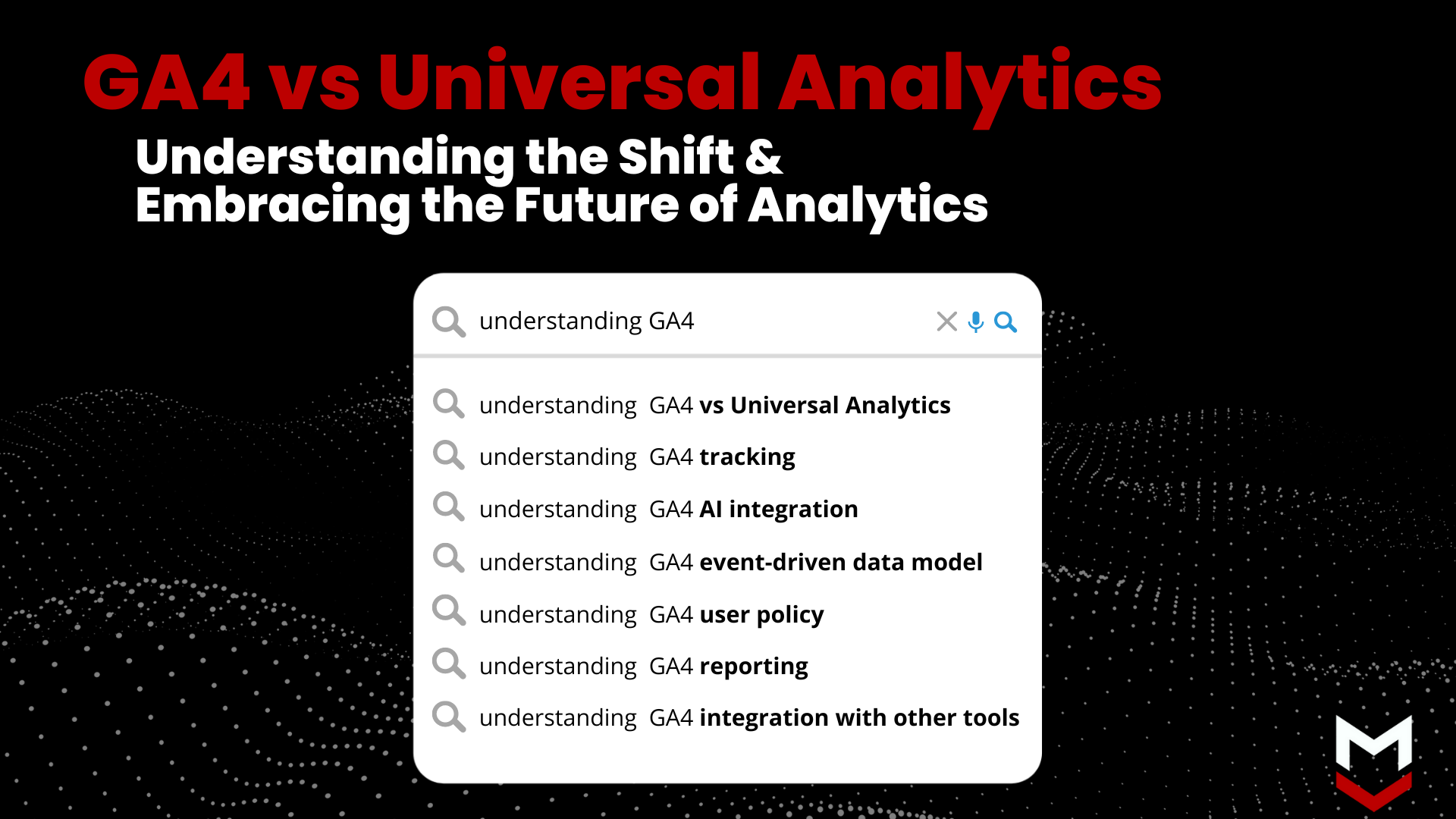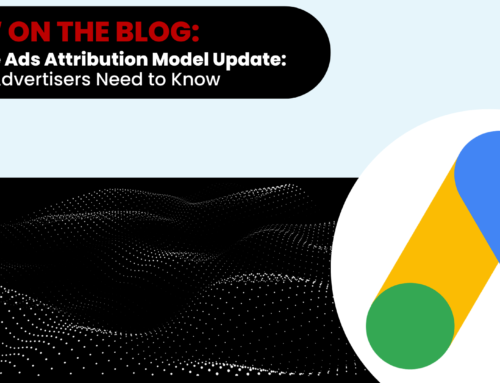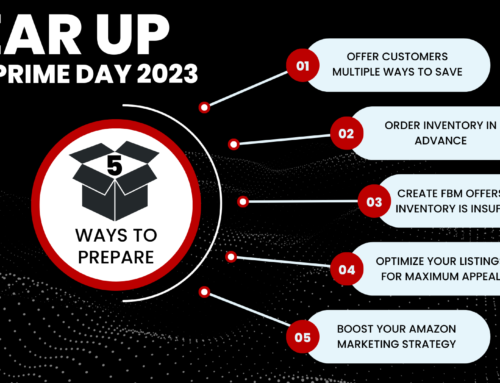In the ever-evolving digital landscape, data-driven decision-making plays a vital role in achieving business success. Google Analytics has long been the go-to tool for tracking website performance and gaining valuable insights. However, with the introduction of Google Analytics 4 (GA4), the analytics landscape has undergone a significant transformation. In this article, we’ll explore the key differences between GA4 and its predecessor, Universal Analytics (UA), and discuss why embracing GA4 is essential for staying ahead in the world of data analytics.
The Evolution of Analytics
The release of GA4 marks a shift from the traditional approach of Universal Analytics, which primarily focused on tracking page views and sessions. GA4, on the other hand, introduces an event-based data model, offering a more comprehensive and flexible approach to tracking user interactions across multiple platforms and devices.
Enhanced Cross-Platform Tracking
One of the most significant advantages of GA4 is its ability to track user interactions across various platforms, including websites, mobile apps, and even offline touchpoints. By implementing the GA4 tracking code, businesses can gain a holistic view of user behavior, allowing them to understand how users engage with their brand across different channels.
Machine Learning and AI Integration
GA4 brings advanced machine learning and AI capabilities to the forefront of analytics. With its enhanced insights and predictive metrics, GA4 empowers businesses to understand user journeys better, identify trends, and predict future actions. These AI-driven insights enable marketers to make data-backed decisions and optimize their marketing strategies effectively.
Event-Driven Data Model
Unlike Universal Analytics, which relied heavily on predefined goals and conversions, GA4 introduces an event-driven data model. Events in GA4 are user interactions that can be customized to fit specific business goals, such as button clicks, form submissions, video views, or in-app purchases. This flexibility allows businesses to tailor their tracking to align with their unique conversion events, providing more relevant and actionable data.
Improved User Privacy
Privacy concerns have become increasingly significant in recent years, prompting stricter regulations and user demands for data protection. GA4 takes these concerns into account and offers improved user privacy features, including options for consent management and data deletion. By prioritizing user privacy, GA4 helps businesses build trust with their audience while still collecting valuable insights.
Simplified Data Reporting and Visualization
GA4 introduces a simplified and intuitive interface, making it easier for users to navigate and understand their data. The updated reporting features provide more accessible data visualization and insights, enabling businesses to quickly identify trends, measure performance, and uncover actionable insights. The new exploration feature allows users to analyze data using a drag-and-drop interface, simplifying the process of gaining insights and generating reports.
Seamless Integration with Google Ads and BigQuery
GA4 seamlessly integrates with other Google tools, such as Google Ads and BigQuery, creating a unified ecosystem for data analysis. The integration enables businesses to combine their advertising and analytics data, gain deeper insights into campaign performance, and optimize marketing strategies effectively.
Conclusion
As the digital landscape continues to evolve, embracing GA4 is crucial for businesses seeking to stay ahead in the world of data analytics. With its enhanced cross-platform tracking, advanced AI capabilities, event-driven data model, improved user privacy features, simplified reporting, and seamless integrations, GA4 offers a powerful and future-proof analytics solution. By migrating to GA4 and leveraging its capabilities, businesses can gain deeper insights, make data-driven decisions, and drive meaningful results in today’s data-driven era. So, don’t wait; start your GA4 journey now and unlock the full potential of your analytics data.






